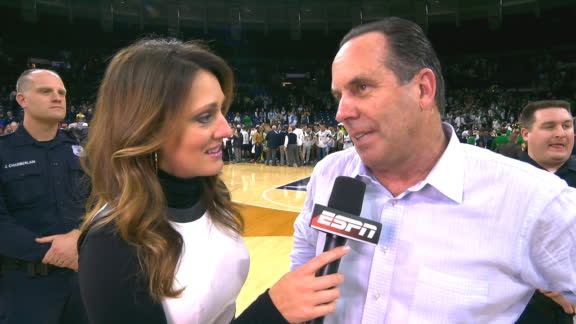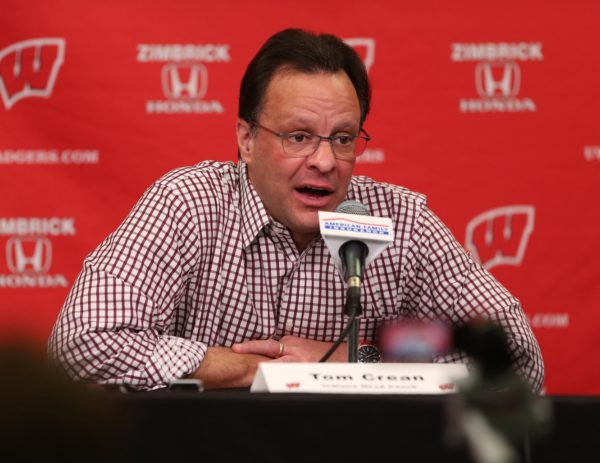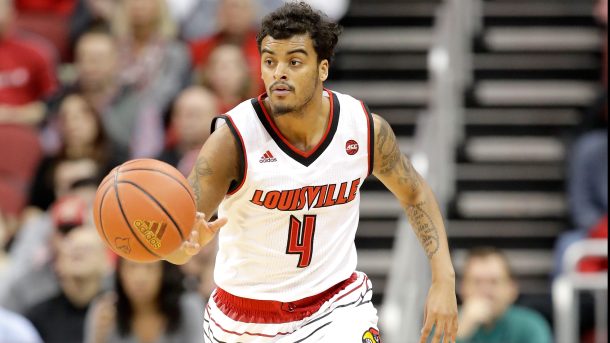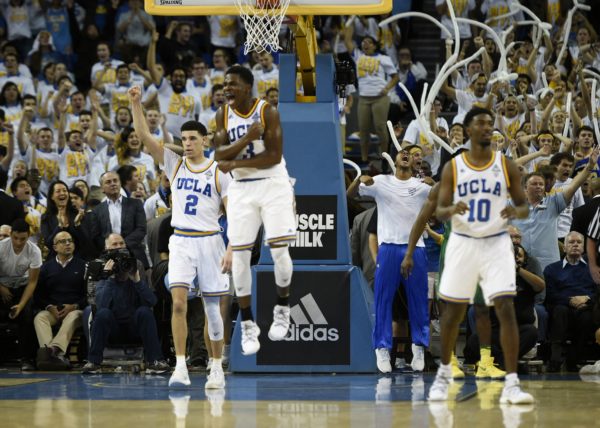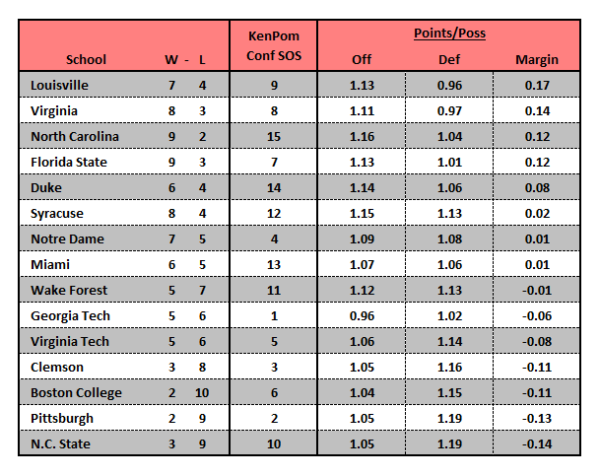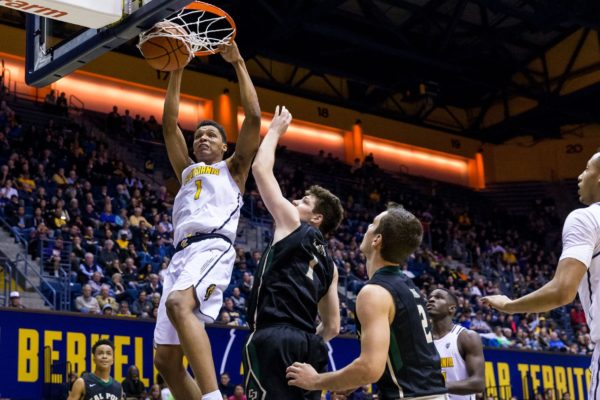Posted by Tommy Lemoine on February 10th, 2017
With one month left in the regular season, it’s no longer too early to consider which of the remaining conference unbeatens have a legitimate chance to enter March without a loss. So let’s dig in. (Chances of going unbeaten based on KenPom win probabilities).
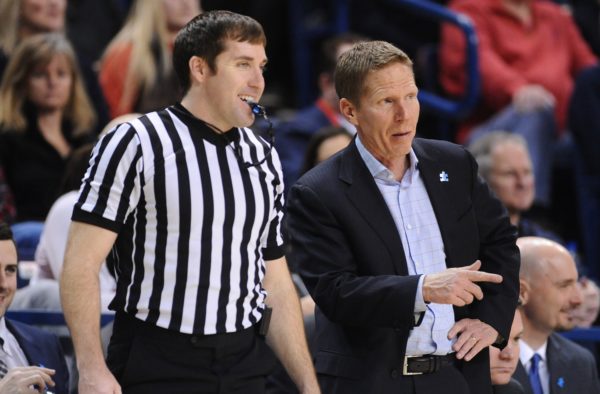
Mark Few Appears to Have It All Figured Out (USA Today Images)
Gonzaga (25-0, 13-0 West Coast). America’s only remaining undefeated team, Gonzaga tops almost every relevant poll and metric thanks to nearly three full months of flawless basketball. Of the Bulldogs’ 25 wins, 22 have come by double-figures, including an astonishing 26.6-point margin of victory in conference play alone (with seven wins by 30-plus). Point guard Nigel Williams-Goss (15.8 PPG, 5.9 RPG, 4.7 APG) has been worthy of All-America consideration; freshman forward Zach Collins (10.8 PPG, 5.9 RPG) has been one of the most efficient players in the country; center Przemek Karnowski (12.1 PPG, 5.6 RPG), who was sidelined nearly all last season with a back injury, hasn’t missed a beat. It’s been an all-around remarkable season, especially for a unit whose top five scorers weren’t on the active roster in 2015-16. Up until last month, Gonzaga was projected to lose at Saint Mary’s—college basketball’s 16th-best team according to KenPom—this Saturday night. Now, the Bulldogs are favored to win by two. If they can escape Moraga unblemished, Mark Few’s team would almost certainly enter the postseason without a loss.
Chances of going unbeaten: 56.3%
Read the rest of this entry »
| feature, microsites, other 26
| Tagged: america east, belmont, evan bradds, gonzaga, hans brase, harvard, henry caruso, ivy league, john becker, mark few, marvin menzies, mitch henderson, new mexico state, Nigel Williams-Goss, ohio valley, Paul Weir, princeton, przemek karnowski, rick byrd, vermont, wac, west coast conference, yale
Share this story































